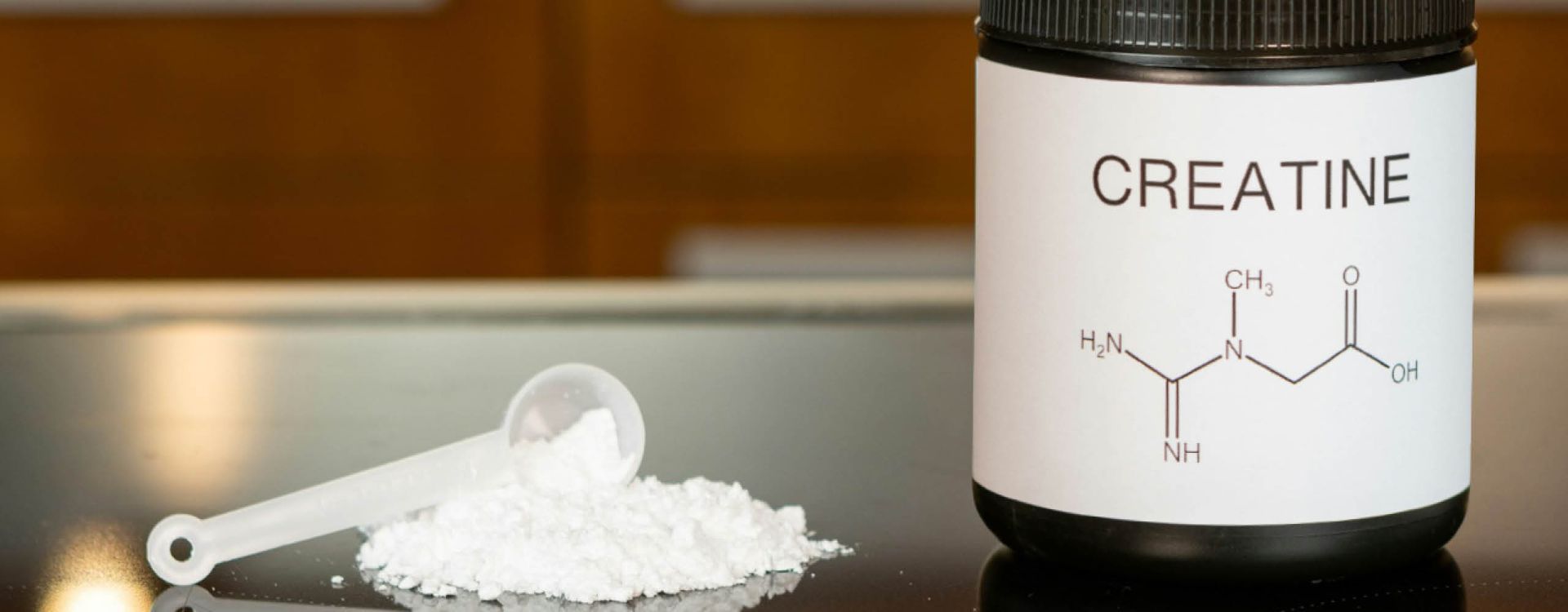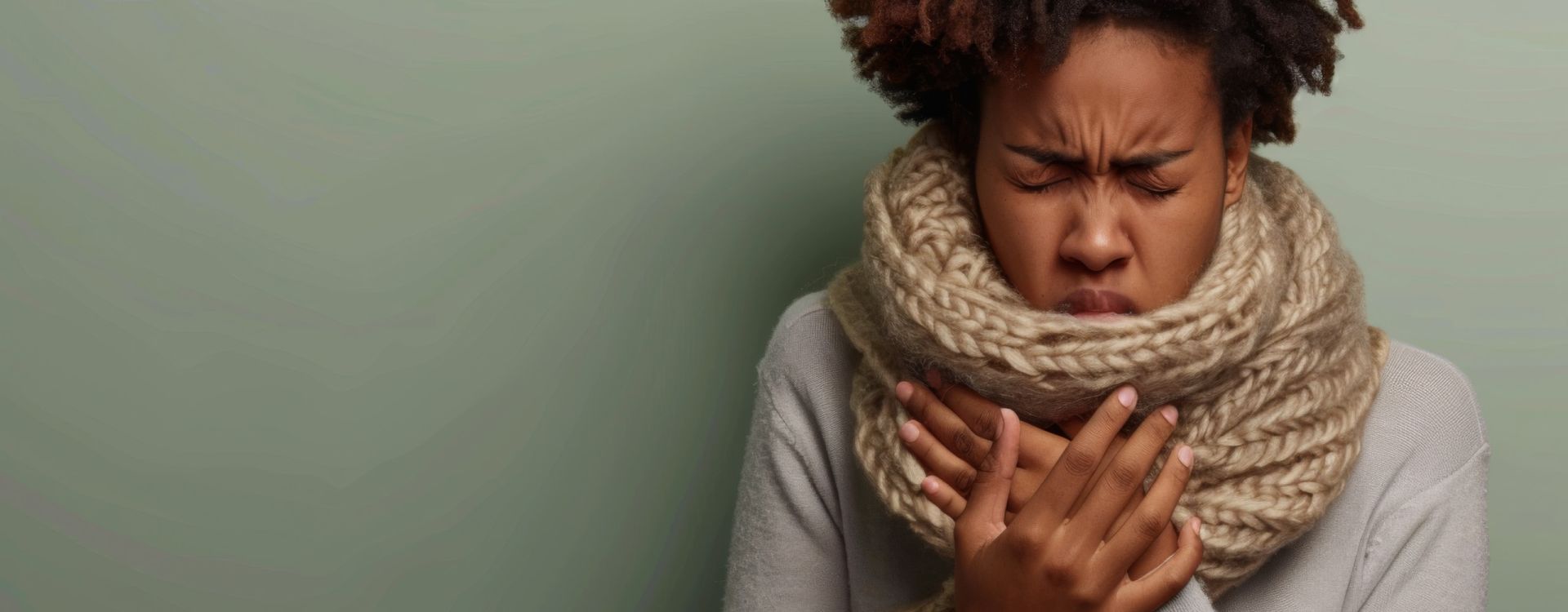Pregnancy is a beautiful and transformative time in a woman's life. However, along with the joy of carrying a baby, many women also experience physical changes, including the appearance of stretch marks. These marks, which commonly occur during pregnancy, can be a source of concern and self-consciousness for many mothers-to-be.
In this article, we will explore what pregnancy stretch marks are, when they appear, how common they are, and most importantly, how to prevent and treat them effectively.
What Are Pregnancy Stretch Marks?
Stretch marks, also known as striae gravidarum [*], are visible lines or streaks that develop on the skin's surface during pregnancy. They often appear as thin, reddish, or purplish marks and gradually fade over time, becoming silvery or white. Stretch marks commonly occur on the abdomen, breasts, thighs, buttocks, and hips — areas where the skin stretches significantly during pregnancy.
Types of Stretch Marks During Pregnancy
There are two primary types of stretch marks that can occur during pregnancy: striae rubra and striae alba. Striae rubra are the fresh, reddish, or purplish marks that initially appear during pregnancy. As time passes, they may fade to striae alba, which are silvery or white in color. Both types of stretch marks have similar causes and can be addressed using similar prevention and treatment methods.
What Causes Pregnancy Stretch Marks?
The development of pregnancy stretch marks is primarily influenced by the rapid expansion of the skin and changes in the underlying connective tissues. During pregnancy, hormonal changes, specifically an increase in cortisone production, can weaken the collagen and elastin fibers in the skin. As the belly grows to accommodate the growing baby, the skin is stretched beyond its normal capacity, leading to the formation of stretch marks.
When Do Stretch Marks Appear in Pregnancy?
Stretch marks commonly appear during the later stages of pregnancy, typically in the second or third trimester. However, it's important to note that every woman's body is different, and the timing may vary. Some women may notice the appearance of stretch marks earlier, while others may develop them after childbirth. Being aware of the potential for stretch marks and taking preventive measures can help minimize their occurrence.
Does Every Woman Get Stretch Marks During Pregnancy?
While pregnancy stretch marks are quite common, not every woman will experience them. Factors such as genetics, skin type, and the rate of weight gain during pregnancy can contribute to the likelihood of developing stretch marks. Some women may have a higher predisposition to stretch marks due to their genetic makeup, while others may be more fortunate and have minimal or no marks at all. Approximately 50-90% of pregnant women develop stretch marks [*].
What Are the Early Signs of Stretch Marks?
The early signs of stretch marks may include itchiness, redness, or a slight raised texture on the skin. These signs often precede the visible appearance of stretch marks. It's important to pay attention to these early indicators and take proactive measures to prevent the progression and severity of stretch marks.
How to Prevent Stretch Marks During Pregnancy
While it may not be possible to completely eliminate the risk of stretch marks, there are several steps you can take to minimize their occurrence:
- Hydrate your skin: Drink plenty of water to keep your skin hydrated and supple. Well-hydrated skin is more elastic and less prone to stretch marks [*].
- Moisturize regularly: Apply a nourishing moisturizer or stretch mark cream to your belly, breasts, and other susceptible areas. Look for products containing ingredients like centella and hyaluronic acid. Cocoa butter, shea butter, vitamin E, and collagen-boosting peptides are reported to work for some, but there is no guarantee [*].
- Maintain a healthy weight: Aim for gradual and steady weight gain throughout your pregnancy. Rapid weight gain can increase your chance of stretch marks.
- Exercise: Exercise promotes circulation and helps your body produce collagen. Increased circulation and collagen help your skin keep its elasticity [*].
One common concern among expectant mothers is whether pregnancy stretch marks will disappear on their own after giving birth. While stretch marks may fade over time, they typically do not completely go away. The marks may become less noticeable and change in color, but they often remain as a reminder of the miraculous journey of pregnancy.
Stretch Marks After Pregnancy: What You Can Do
Fortunately, there are various options available to help reduce the appearance of stretch marks and boost your confidence post-pregnancy. Here are two popular approaches you can consider:
Option 1: Topical Treatments
Several topical treatments can be applied to the affected areas to minimize the appearance of stretch marks. These treatments often contain ingredients such as retinoids, hyaluronic acid, and vitamin C, which help promote skin elasticity and collagen production. Regular and consistent use of these creams or oils may gradually improve the texture and color of stretch marks. Retinoids should only be used after pregnancy and once your baby has weaned from breastfeeding [*].
It's important to note that while some products may claim to eliminate stretch marks entirely, complete eradication is unlikely. However, these treatments can effectively fade the marks and make them less noticeable over time.
Option 2: Medical Procedures
If you're looking for more intensive and immediate results, various medical procedures can help address stretch marks after pregnancy. Some popular options include:
- Laser therapy: Laser treatments, such as fractional laser resurfacing, can stimulate collagen production and reduce the appearance of stretch marks. The laser energy targets the affected areas, encouraging the growth of new, healthier skin cells.
- Microdermabrasion: This procedure involves exfoliating the outer layer of the skin using tiny crystals or a specialized tool. Microdermabrasion helps improve skin texture and can contribute to the fading of stretch marks.
- Chemical peels: Chemical peels involve applying a solution to the skin, which causes the outer layer to peel off. This process promotes new skin growth and can help reduce the visibility of stretch marks.
It's important to consult with a qualified dermatologist or medical professional to determine which procedure is most suitable for you based on your skin type, the severity of your stretch marks, and other individual factors [*].
About MiracleCord
At MiracleCord, we understand the transformative journey of pregnancy and the various concerns that come with it, including stretch marks. Our mission is to support and empower expectant mothers throughout their pregnancy and beyond. We believe that every woman deserves to feel confident, beautiful, and cherished during this remarkable time in her life.
Knowledge is power, and learning your options to protect your family’s future is what we do best. Contact us at any time if you have questions about cord blood banking at 888.743.2673 or feel free to request our cord blood banking guide.
The Bottom Line
Pregnancy stretch marks are a common occurrence that affects many expectant mothers. While they may not completely disappear, there are steps you can take to minimize their appearance and regain your self-confidence. Embracing a healthy lifestyle, using topical treatments, and considering medical procedures can all contribute to fading stretch marks and improving the overall texture of your skin.
Remember, each woman's body is unique, and the results may vary. Ultimately, it's important to embrace the changes that come with pregnancy, including the beautiful journey of motherhood. Your stretch marks are a testament to the incredible miracle of creating new life, and they should be embraced as a symbol of strength and love.
DISCLAIMER: THE INFORMATION ON THIS WEBSITE IS NOT INTENDED TO BE USED AS MEDICAL ADVICE.The materials and information contained on the MiracleCord website is provided for educational and informational purposes only, and is not intended to, and does not constitute, medical or other health advice or diagnosis, and should not be used as such. You should not use this information to diagnose or treat a health problem or disease. If you are seeking personal medical advice, you should consult with a licensed physician. Always consult with a qualified health care provider regarding a medical condition.




